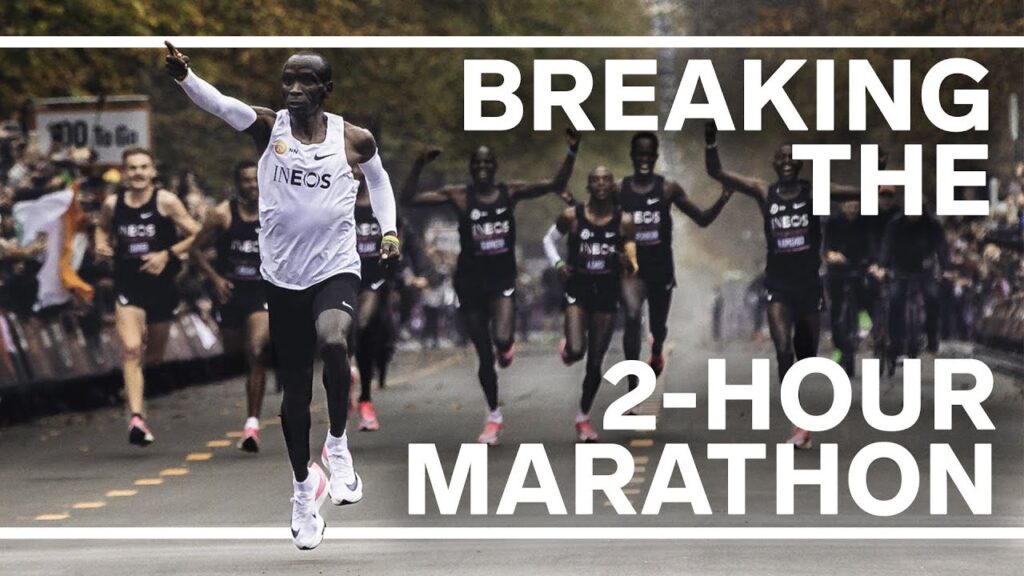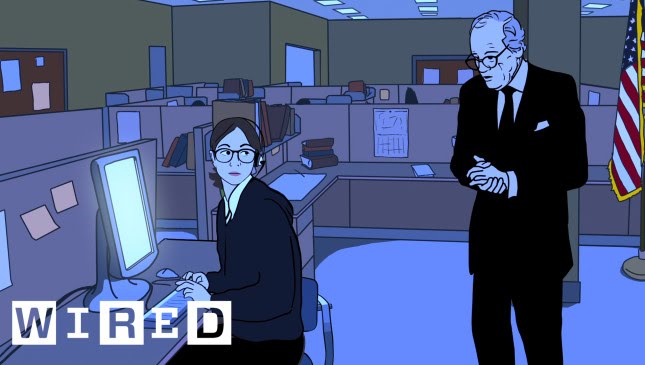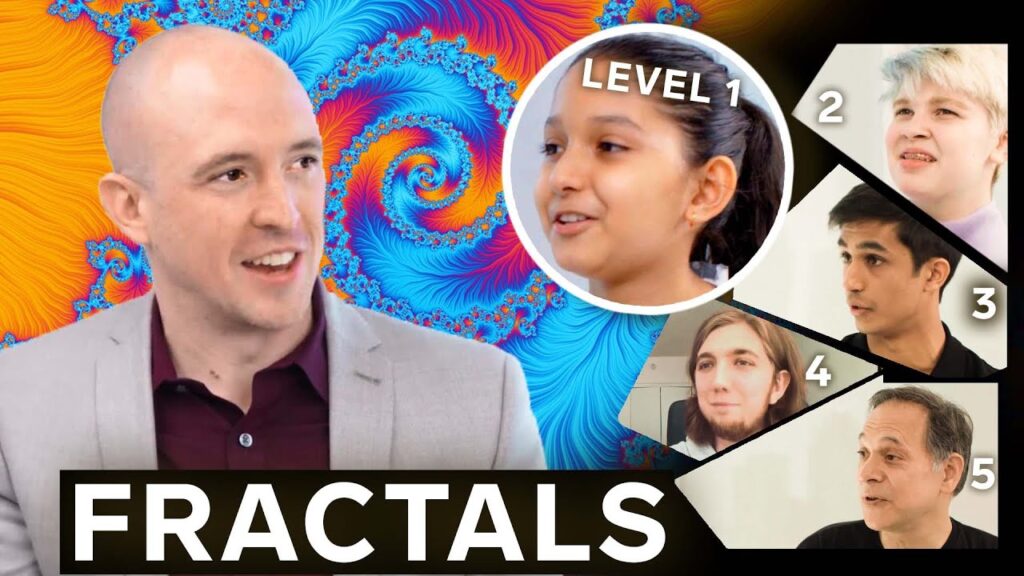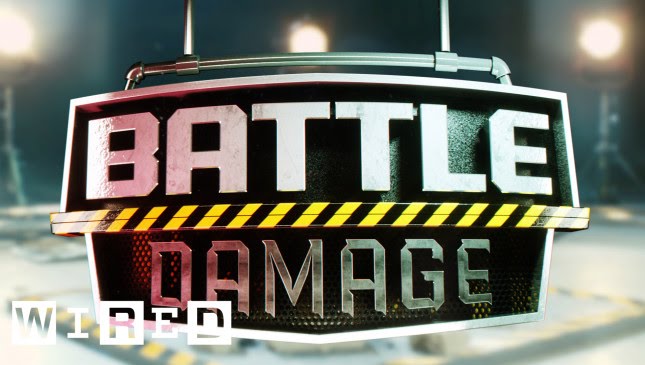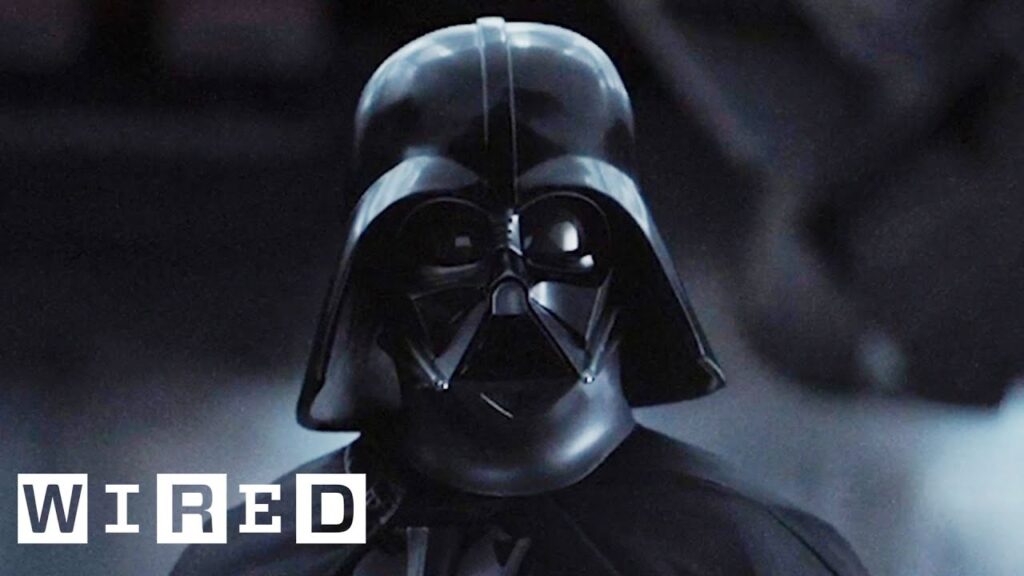Pushing the Boundaries: The Making of Rogue One’s Digital Human Characters
Summary
This article discusses how the team at Industrial Light & Magic (ILM) pushed the boundaries of visual effects, particularly in the area of digital human, with the film Rogue One. The article explains the process of creating the digital human characters, including Grand Moff Tarkin, and the challenges the team faced to bring the characters to life on screen.
Table of Contents
- The Creation of the ILM Facial Pipeline
- The Process of Creating a Digital Human Character
- The Importance of the Animator’s Role in Digital Human Creation
- Challenges of Lighting and Shooting a Synthetic Character
- Conclusion
The Creation of the ILM Facial Pipeline
ILM’s facial pipeline, which was used to create the digital human characters in Rogue One, was developed by four people who were honored with a 2017 Sci-Tech Award from the Academy of Arts and Sciences. The team began working on the facial pipeline during the production of Teenage Mutant Ninja Turtles, which was a very complex project. Two separate teams were put together to work on Warcraf and the new Star Wars film, respectively. The facial pipeline process starts with the design of the character, which is then matched with an actor who will drive it. The actor is scanned in a Medusa rig to capture their facial performance, which is then combined with the design of the character to create a digital representation.
The Process of Creating a Digital Human Character
To create a digital human character, the facial pipeline process begins with a high-resolution scan of the actor’s skin using a complex light stage. This provides a detailed model of how the actor’s skin will react under different lighting conditions. The actor then undergoes additional scans in a Medusa rig to capture their facial performance. On set, the actor is filmed by four cameras mounted on a head rig, which captures their performance. ILM’s Snap Solver tool is then used to match up the on-set performance with the Medusa rig scans to create a digital representation of the actor’s performance. The modelers at ILM were lucky in the case of Grand Moff Tarkin, as the actor who played the character, Peter Cushing, had a plaster life cast done of him in the mid-80s. This, along with digital reference, allowed the team to create an accurate model of Cushing’s face.
The Importance of the Animator’s Role in Digital Human Creation
While the technological process of creating a digital human character is complex, the animator’s role is equally important. The animator must take the digital performance captured from the actor and deliver a character with the right interpretation and performance that matches the character’s on-screen persona. In the case of Tarkin, it was the animator’s job to deliver a character that captured Cushing’s interpretation of the character, even though the actor who performed the digital character, Guy Henry, delivered a different performance.
Challenges of Lighting and Shooting a Synthetic Character
One of the challenges of creating a synthetic character is making sure it fits seamlessly into the film’s visual style and lighting. Since Rogue One was shot and lit differently from the original Star Wars film, the team had to render a digital Tarkin that looked and felt like the character we remember, even though he was a completely synthetic character. Director Gareth Edwards also preferred a more documentary-style of filmmaking, which presented additional challenges for lighting and shooting the synthetic character.
Conclusion
ILM’s work on Rogue One’s digital human characters is a remarkable achievement in the world of visual effects. The facial pipeline process and the importance of the animator’s role in digital human creation are key takeaways from the article. The challenges of lighting and shooting a synthetic character that fits seamlessly into the visual style of the film is also an important aspect worth noting. Ultimately, the team at ILM was able to push the boundaries of visual effects and deliver a compelling story with realistic digital human characters.
